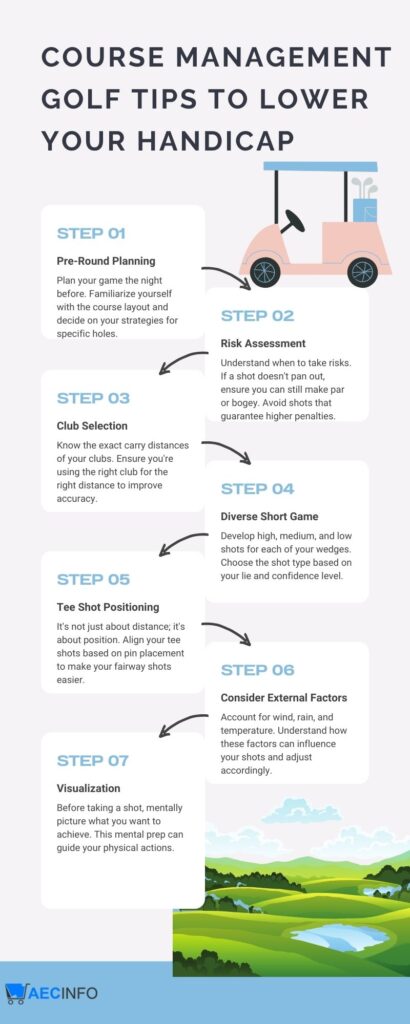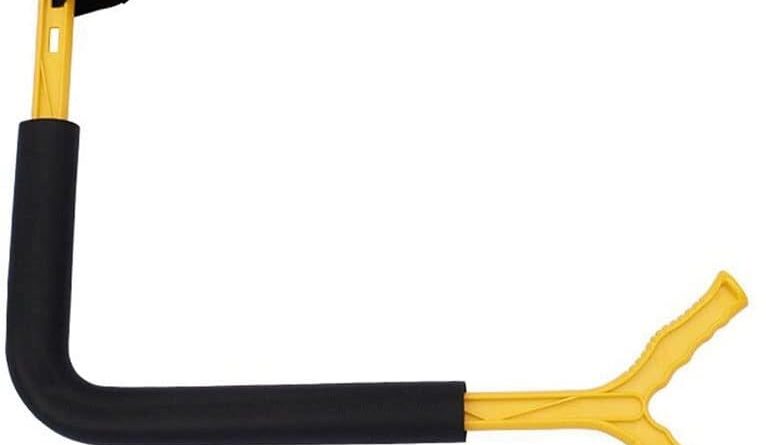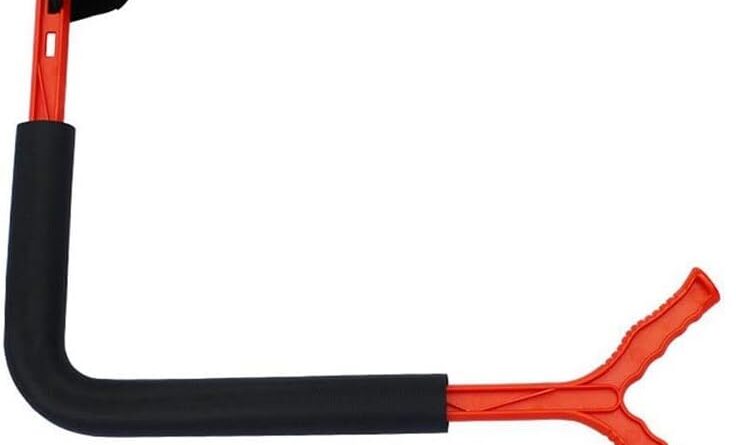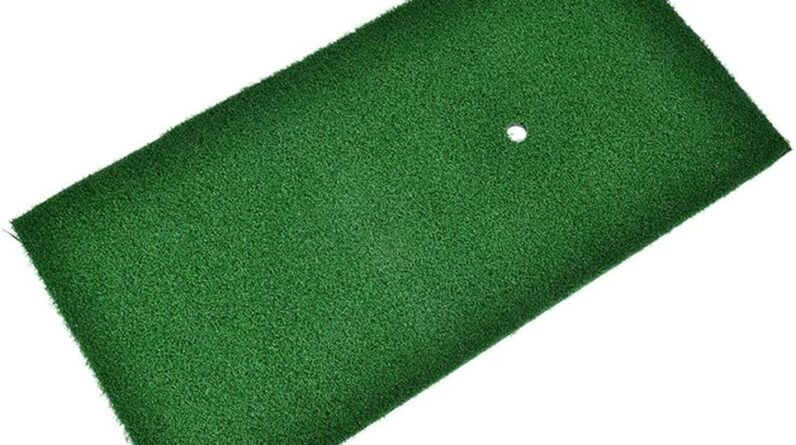As an avid golfer, you know that mastering club selection is the key to a successful round. But what happens when unpredictable weather conditions come into play? How do you adjust your club selection to account for strong winds, rain showers, or scorching heat? In this article, we will explore the strategies and tips to help you navigate varying weather conditions and make smart choices when it comes to choosing your clubs. Whether you are facing a gusty breeze on a links course or dealing with a sudden downpour on a manicured fairway, we’ve got you covered with expert advice and practical suggestions. So, grab your clubs and let’s dive into the fascinating world of accounting for weather in club selection.
Understanding the Impact of Weather Conditions on Club Selection
When it comes to golf, club selection is a critical aspect of the game. It involves choosing the right club based on various factors such as the distance to the target, the layout of the course, and of course, the weather conditions. In this article, we will dive deeper into understanding the impact of weather conditions on club selection and explore how you can adjust your strategy accordingly.
The Basics of Club Selection
Before we delve into the influence of weather conditions, let’s first understand the basics of club selection. Each golf club serves a specific purpose and is designed to achieve different outcomes. From the driver to the putter, every club in your bag has a unique role to play.
Golf clubs can be broadly categorized into three types: woods, irons, and wedges. Woods are typically used for longer shots, irons are versatile clubs that cover a range of distances, and wedges excel in short-range shots, providing precision and control.
Determining the ideal club for a particular distance involves considering factors such as the loft of the club, the length of the shaft, and the angle of attack. These factors, combined with your swing speed and technique, play a crucial role in achieving the desired distance with each shot.

Factors to Consider when Selecting a Club
While distance is an essential factor in club selection, it is not the sole determinant. There are several other factors that need to be taken into consideration to make an informed decision.
One important aspect to consider is the layout of the course and the presence of hazards. Different courses present different challenges, such as narrow fairways, strategically placed bunkers, or water hazards. Taking these factors into account will help you select a club that allows you to navigate and avoid potential obstacles.
Your personal skill level and comfort with certain clubs should also be considered. Each golfer has their own strengths and weaknesses, and being aware of them will guide you in making the right club selection. For example, if you have more confidence in your iron shots, you may opt for an iron off the tee instead of a driver.
Lastly, environmental factors and weather conditions can significantly impact your club selection strategy. Understanding how weather conditions affect the flight and performance of the ball is crucial for making informed decisions on the course.

The Role of Weather Conditions in Club Selection
Weather conditions play a significant role in determining which club to use and how to approach each shot. Different weather elements can have varying effects on the flight and behavior of the ball, requiring adjustments in club selection and shot technique.
To develop a club selection strategy that accounts for weather conditions, it is important to evaluate the impact of these conditions and identify potential challenges that may arise.
Developing a Club Selection Strategy
When it comes to weather conditions, developing a club selection strategy starts with thorough preparation and understanding. By assessing the weather forecast before your round, you can anticipate the potential challenges and make necessary adjustments.
For example, if you anticipate strong winds, you may need to choose a club with less loft to keep the ball lower and minimize the effect of the wind. On the other hand, if it’s a calm day, you might opt for a higher lofted club to maximize distance and control.
Evaluating the Impact of Weather Conditions
Different weather conditions have unique effects on the flight and behavior of the ball. Let’s dive into some specific weather conditions and their impact on club selection.
Understanding the Influence of Wind
Wind is one of the most significant factors that can affect your club selection decisions. It can alter the trajectory and distance of the ball, requiring careful adjustments.
When hitting into a headwind, it is essential to consider that the wind will slow down the ball’s flight. Consequently, longer shots may require a more substantial club selection to compensate for the wind’s resistance. Conversely, when playing with a tailwind, the ball will experience a boost in distance. Adjusting for this tailwind may involve choosing a club with less loft to ensure proper distance control.
Crosswinds can also pose a challenge as they can cause the ball to drift off-target. To counteract the effects of a crosswind, you may need to aim slightly into the wind or choose a club with more loft to create a higher ball flight and reduce the wind’s influence.
The Impact of Rain on Club Selection
Playing in rainy conditions requires adjustments to your club selection strategy to adapt to the wet playing surface and the effect it has on the ball.
Wet conditions can reduce the amount of roll on the fairways, meaning that shots will not travel as far as usual. Adjusting for this can involve selecting a club with more loft to achieve the desired distance.
Additionally, wet conditions may impact the clubface’s grip on the ball, causing it to slip. This can result in a loss of control and accuracy. To combat this, you might consider using a club with more grooves or a rougher surface texture to increase the friction and maintain control over the ball.
Accounting for Heat and Humidity
Hot and humid weather conditions can also influence your club selection decisions. Understanding the effects of heat and humidity on the ball’s flight and your personal performance is crucial for making the necessary adjustments.
Heat and humidity can cause the air to become less dense, resulting in less resistance on the ball. As a result, shots may travel farther than expected. Taking this into account, you may need to select a club with less loft to avoid overshooting the target.
Furthermore, heat and humidity can increase perspiration, which may impact your grip on the club. Consider using gloves or towels to keep your hands dry and maintain control over your shots.
Adjusting Club Selection in Cold Conditions
Playing golf in cold weather requires additional adaptations to account for the impact on ball flight and club performance.
Cold temperatures can cause the air to be denser and the ball to lose some of its compression. This can lead to decreased distance and decreased carry. To compensate for this, you may consider using a club with more loft and ensuring a solid strike to optimize distance and trajectory.
Cold weather can also impact your physical performance, affecting flexibility and range of motion. As a result, you may need to make adjustments to your swing mechanics and club selection to accommodate these limitations.
The Importance of Adaptability in Club Selection
Regardless of the weather conditions you encounter, adaptability is key when it comes to club selection. By developing a flexible approach and making in-the-moment adjustments, you can optimize your performance on the course.
Golf is a dynamic game, and conditions can change throughout the round. By continually evaluating and learning from your club selection choices, you can refine your strategy and make better decisions in the future. Every round is an opportunity to gain experience and improve your understanding of how weather conditions impact club selection.

Conclusion
Selecting the right club in varying weather conditions is a skill that can significantly impact your performance on the golf course. By understanding the basics of club selection, considering various factors such as course layout, personal skill level, and weather conditions, and adapting your strategy accordingly, you can navigate through the challenges posed by different weather elements.
Maintaining flexibility, continually practicing, and gaining experience are key factors in developing a successful club selection approach. Make it a habit to evaluate and refine your choices after each round, and you’ll find yourself better equipped to handle varying weather conditions and optimize your performance on the course.







